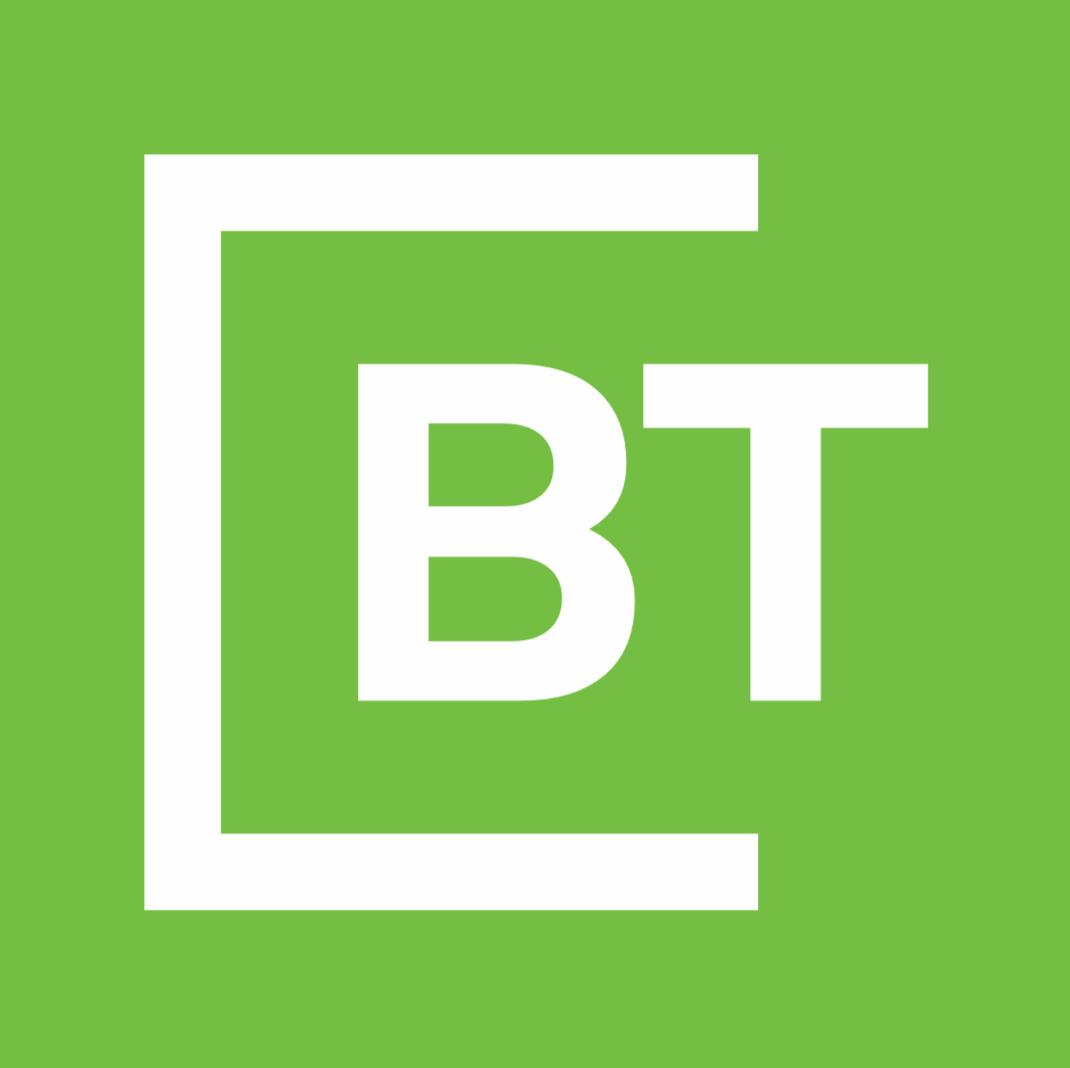ABB’s PixelPaint vehicle coating technology has 1,000 individual nozzles to help eliminate overspray.
ABB said its PixelPaint technology nearly eliminates overspray and uses a third less energy than traditional painting solutions.
FRIEDBERG, Germany — Robotics specialist ABB said orders for its inkjet PixelPaint robot are likely to bring it to market soon.
ABB first revealed the painting technology in 2020, saying it would cut production energy costs, speed up paint application and allow for easier vehicle personalization.
Reger: Customer interest is there.
“We are very, very close,” Joerg Reger, managing director of ABB Robotics’ automotive business, told Automotive News Europe during a visit to the tooling supplier’s R&D facility here. “We have a preassignment with one customer, and we are in final negotiations with two to three others.”
Both volume and premium automakers have expressed interest, Reger said.
The system allows volume automakers to offer contrasting roof colors without having to run a vehicle through the paint shop a second time.
Eliminating overspray also cuts the need to mask the body before painting the roof, which saves time.
Reger said energy costs are a third lower than those for a traditional atomizer system, which runs at high speed to push the air.
“We do not have this with PixelPaint, so energy consumption for the head itself is down,” he said.
Building or rebuilding paint shops is usually one of the most expensive parts of an auto assembly plant project. ABB said the new robots can be installed at the end of a traditional paint line without overhauling the paint shop.
Reger foresees PixelPaint first being used on vehicle roofs.
“Next will be the big surfaces, such as the hoods, the doors. And the third step is hopefully to paint 80 to 90 percent of the car body,”he said, adding that the tech won’t replace all paint robots. “You may still need one cell with an atomizer for painting the difficult edges, like the inside of the door.”
ABB is also working on a “high-transfer efficiency atomizer” for trickier surfaces. The aim is to reduce overspray to the point that, when combined with PixelPaint, automakers will be able to dramatically cut down on the ventilation and washer system that filters the paint waste.
The ability to apply customized artwork on a car’s body has appealed to luxury manufacturers.
“When we presented to customers such as Porsche, they were excited because now they can offer a totally different story to the market. Customers can have their face painted on the hood, or whatever they want,” said Joerg Rommelfanger, head of ABB’s robotics division in Germany. The cost of customized artwork can be much reduced with PixelPaint robots installed on the line.
“The importance of personalization is becoming stronger and stronger,” former Jaguar design chief Ian Callum told ABB last year in a statement. “So this paint offering — with all sorts of new levels of individual design for a motor car — is incredible.”
Ultraluxury automakers are generating an increasing amount of their revenue from bespoke options.
Bentley has estimated that, on average, its customers spend about $35,000 on factory options and another $35,000 through its Mulliner division, which provides bespoke, personalized options.
Rolls-Royce meanwhile said the average selling price of a car with bespoke options has risen over the past 10 years to about $636,000 from $318,000.
ABB’s PixelPaint robots are built in Shanghai with the heads coming from Japan. The software was created in Norway while the overall system was developed in Friedberg.










